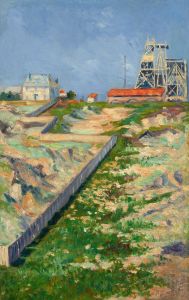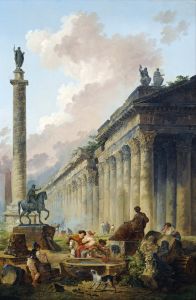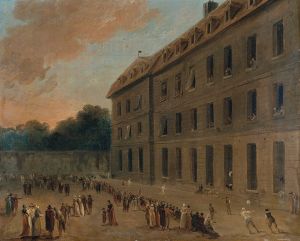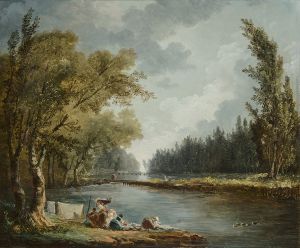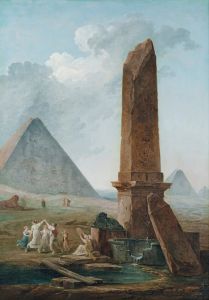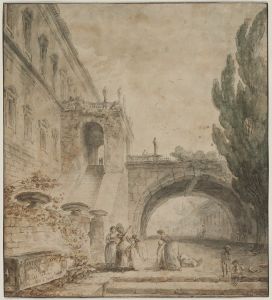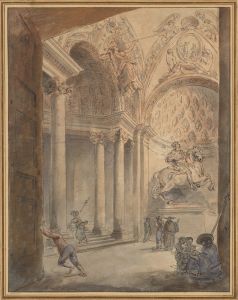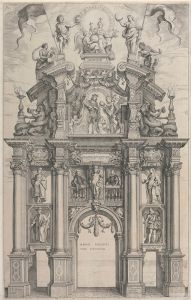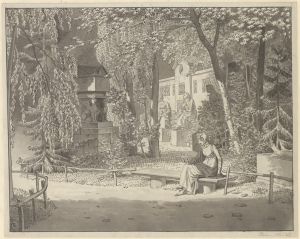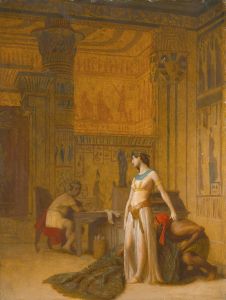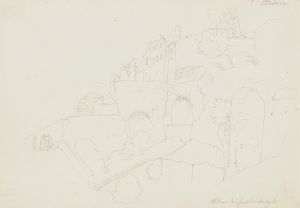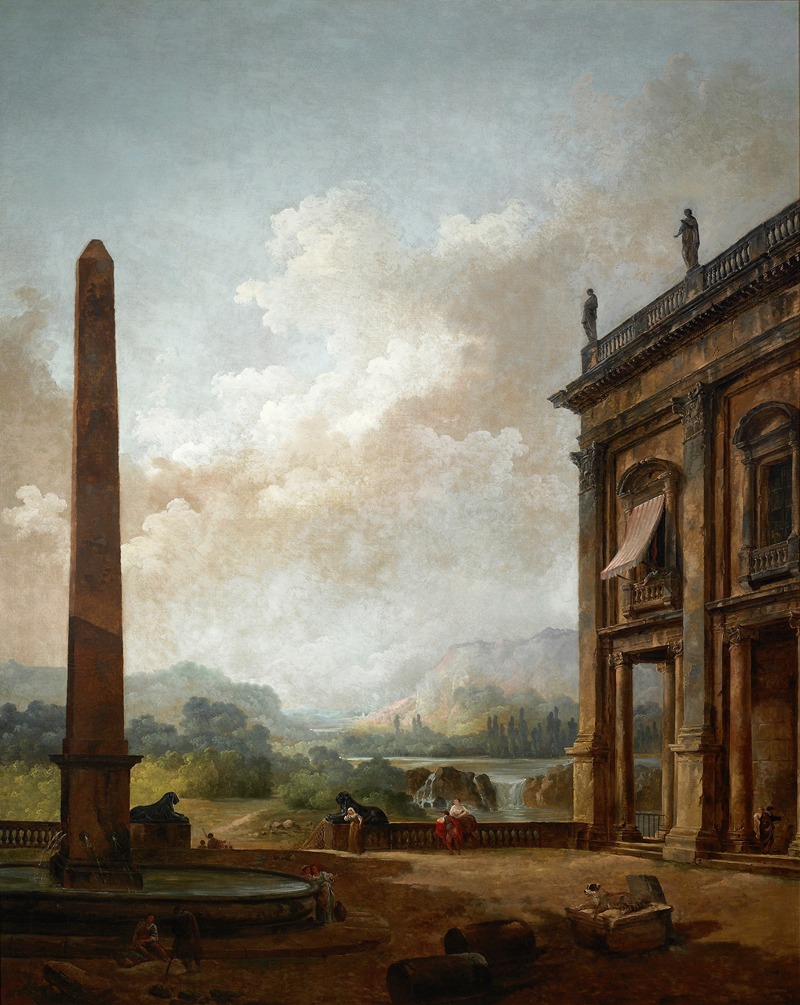
The Obelisk
A hand-painted replica of Hubert Robert’s masterpiece The Obelisk, meticulously crafted by professional artists to capture the true essence of the original. Each piece is created with museum-quality canvas and rare mineral pigments, carefully painted by experienced artists with delicate brushstrokes and rich, layered colors to perfectly recreate the texture of the original artwork. Unlike machine-printed reproductions, this hand-painted version brings the painting to life, infused with the artist’s emotions and skill in every stroke. Whether for personal collection or home decoration, it instantly elevates the artistic atmosphere of any space.
Hubert Robert was a prominent French painter known for his landscapes and architectural scenes, often infused with a sense of romanticism and historical grandeur. One of his notable works is "The Obelisk," a painting that exemplifies his fascination with ancient ruins and monumental structures.
"The Obelisk" by Hubert Robert captures the artist's skill in depicting architectural elements with a sense of drama and historical depth. Although specific details about this particular painting are scarce, Robert's oeuvre often includes similar themes and stylistic approaches. His works frequently feature classical ruins, grandiose structures, and a play of light and shadow that brings these scenes to life.
Robert was born in Paris in 1733 and spent a significant portion of his early career in Italy, where he was deeply influenced by the ruins of ancient Rome and the Italian landscape. This experience profoundly shaped his artistic vision, and he became known for his ability to blend real and imagined architectural elements into cohesive and evocative compositions. His paintings often evoke a sense of nostalgia and romanticism, reflecting the 18th-century European fascination with antiquity.
In "The Obelisk," as in many of his works, Robert likely employed a combination of real architectural features and imaginative elements. His paintings are characterized by their meticulous attention to detail and the ability to convey the grandeur and decay of ancient structures. The obelisk, a common motif in his work, symbolizes the enduring legacy of ancient civilizations and their impact on contemporary culture.
Robert's technique involved the use of light and shadow to create a dynamic sense of depth and atmosphere. His palette typically included earthy tones and soft hues, which contributed to the dreamlike quality of his scenes. The artist's ability to capture the interplay of light on stone and the surrounding environment added a layer of realism to his otherwise fantastical compositions.
Throughout his career, Hubert Robert held several prestigious positions, including serving as the official painter to King Louis XVI and later as a curator at the Louvre Museum. His work was highly regarded during his lifetime, and he played a significant role in shaping the aesthetic tastes of his era. Despite the upheavals of the French Revolution, Robert continued to produce art that resonated with audiences, both for its technical mastery and its evocative portrayal of history.
While specific information about "The Obelisk" is limited, the painting is representative of Hubert Robert's broader body of work, which continues to be celebrated for its artistic innovation and historical resonance. His ability to blend reality with imagination, and his fascination with the passage of time and the remnants of past civilizations, remain influential in the study of art history.





